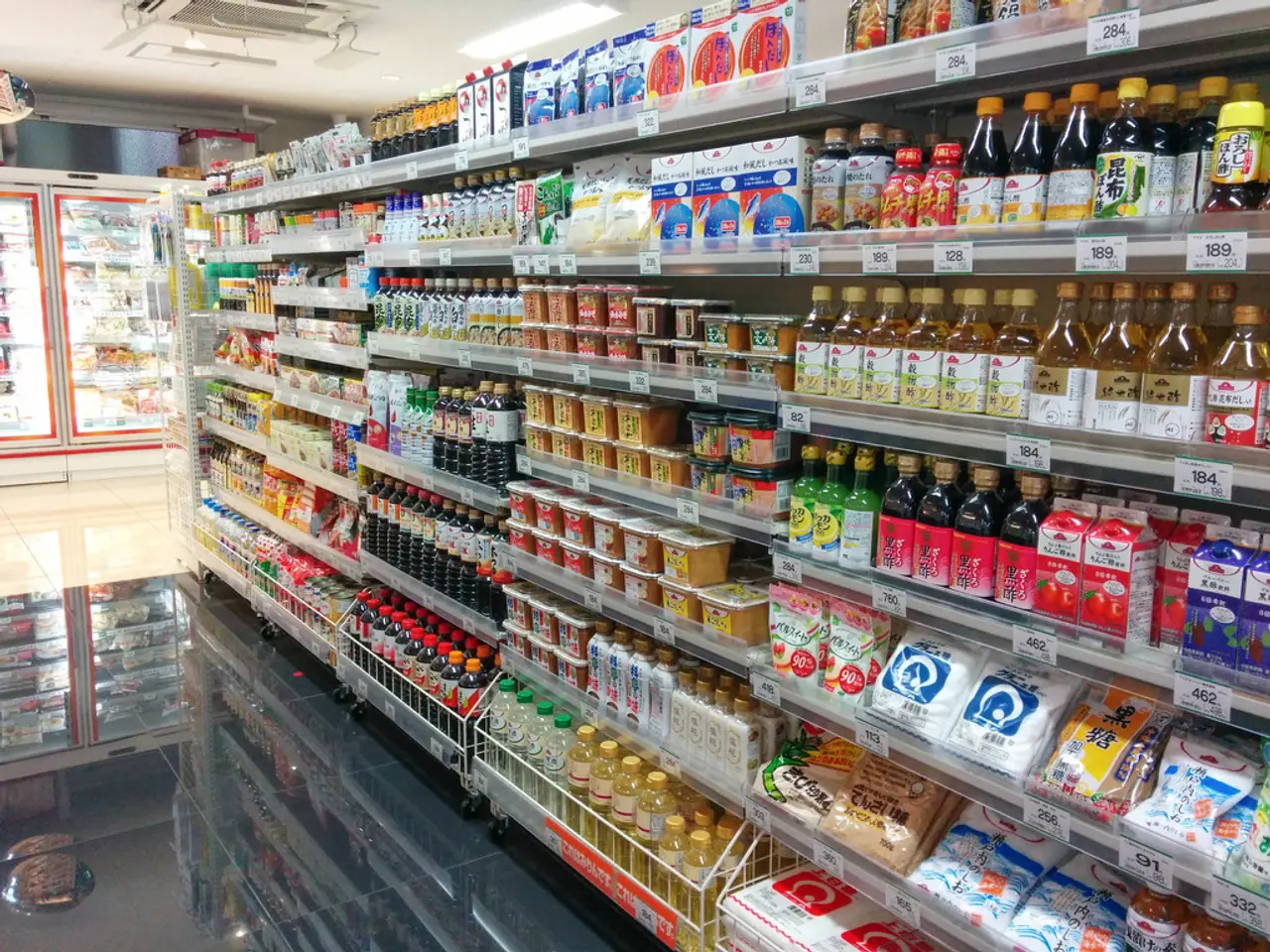Duolingo Transitions from Employing Contract Workers to Integrating Artificial Intelligence for Language Learning Tasks
Duolingo Embraces AI for Language Learning Operations, Raising Questions About the Future of Work in Tech and Education
Duolingo, one of the world's most popular language learning platforms, has made a bold move by shifting its reliance on human contract workers to artificial intelligence (AI). This transition marks a significant change in the landscape of language learning platforms and raises questions about the future of work in the tech and education sectors.
The shift towards AI promises to deliver faster content creation and boost productivity, as AI tools can process tasks more efficiently and at scale. However, this change could impact hundreds of language and content specialists who have contributed to the platform as contract workers.
In the last decade, language education has significantly evolved. Traditional classroom settings have given way to online learning, and mobile applications have replaced traditional textbooks. Duolingo has been a catalyst for this transformation, offering interactive and accessible language learning for millions of users across the globe.
Duolingo began integrating AI tools into its operations in 2023, using AI like OpenAI's GPT-4 for lesson creation, grammar corrections, and user interactions. Now, in 2024, the platform is poised to significantly reduce its reliance on contract workers, with a majority of language review, translation, and lesson verification tasks being handled by AI systems.
Duolingo's CEO, Luis von Ahn, has explained that this shift is part of a broader "AI-first" strategy. The company is rethinking its internal workflows, investing more in AI research and development, and aiming to deliver personalized learning experiences for millions of users at scale.
The reduction in contract roles has raised concerns about job displacement in the gig economy, particularly for language experts, educators, and translators who have relied on remote work opportunities provided by Duolingo. However, the company assures that human experts will still play a role in verifying the quality of AI decisions.
In addition to speed and scale, the benefits of AI-driven content creation for Duolingo are numerous. AI systems can produce, test, and refine lessons quickly, allowing the company to roll out new features faster and respond more nimbly to user needs. Cost reduction is also a critical factor, as licensing fees for AI software are more cost-effective in the long term than maintaining large teams of contract workers.
Despite the advantages, the shift towards AI raises some concerns. Accuracy is one challenge, as language is nuanced and evolving. AI tools may struggle to understand and replicate cultural nuances and idioms, potentially leading to misinterpretations or culturally insensitive examples.
Transparency is another concern. Users rely on Duolingo for accurate, respectful, and culturally sensitive language instruction. It remains to be seen how openly the platform will disclose AI-versus-human-reviewed content.
The question of data usage is also crucial. AI requires large datasets to function efficiently. As Duolingo continues to gather user interaction data, ensuring ethical use and privacy standards will be essential.
Duolingo's users have expressed mixed reactions to the change. While many are impressed by the efficiency and responsiveness of the app using AI-backed tutoring, others worry about the loss of human warmth and nuance in lessons.
As Duolingo charts a course for the future with its AI-first strategy, the company will be under close scrutiny as it navigates the delicate balance between innovation and responsibility. The next few years could well define the future of language learning and the role of AI in the education sector.
References:Brynjolfsson, Erik, and Andrew McAfee. The Second Machine Age: Work, Progress, and Prosperity in a Time of Brilliant Technologies. W. W. Norton & Company, 2016.
Marcus, Gary, and Ernest Davis. Rebooting AI: Building Artificial Intelligence We Can Trust. Vintage, 2019.
Russell, Stuart. Human Compatible: Artificial Intelligence and the Problem of Control. Viking, 2019.
Webb, Amy. The Big Nine: How the Tech Titans and Their Thinking Machines Could Warp Humanity. PublicAffairs, 2019.
Crevier, Daniel. AI: The Tumultuous History of the Search for Artificial Intelligence. Basic Books, 1993.
- The incorporation of AI tools in Duolingo's operations extends beyond lesson creation and grammar corrections to include user interactions, signifying a comprehensive shift towards an "AI-first" strategy in the company's internal workflows.
- AI integration in the finance sector, such as the use of machine learning for investing and business decisions, is not limited to Duolingo as technology continues to reshape various industries, blurring the line between human and artificial intelligence.
- Artificial intelligence, likewise, can be utilized in the art industry for tasks like image and sound generation, allowing artists to explore new creative paths that were once unimaginable, demonstrating the far-reaching impacts of AI across multiple domains, beyond language learning and finance.




